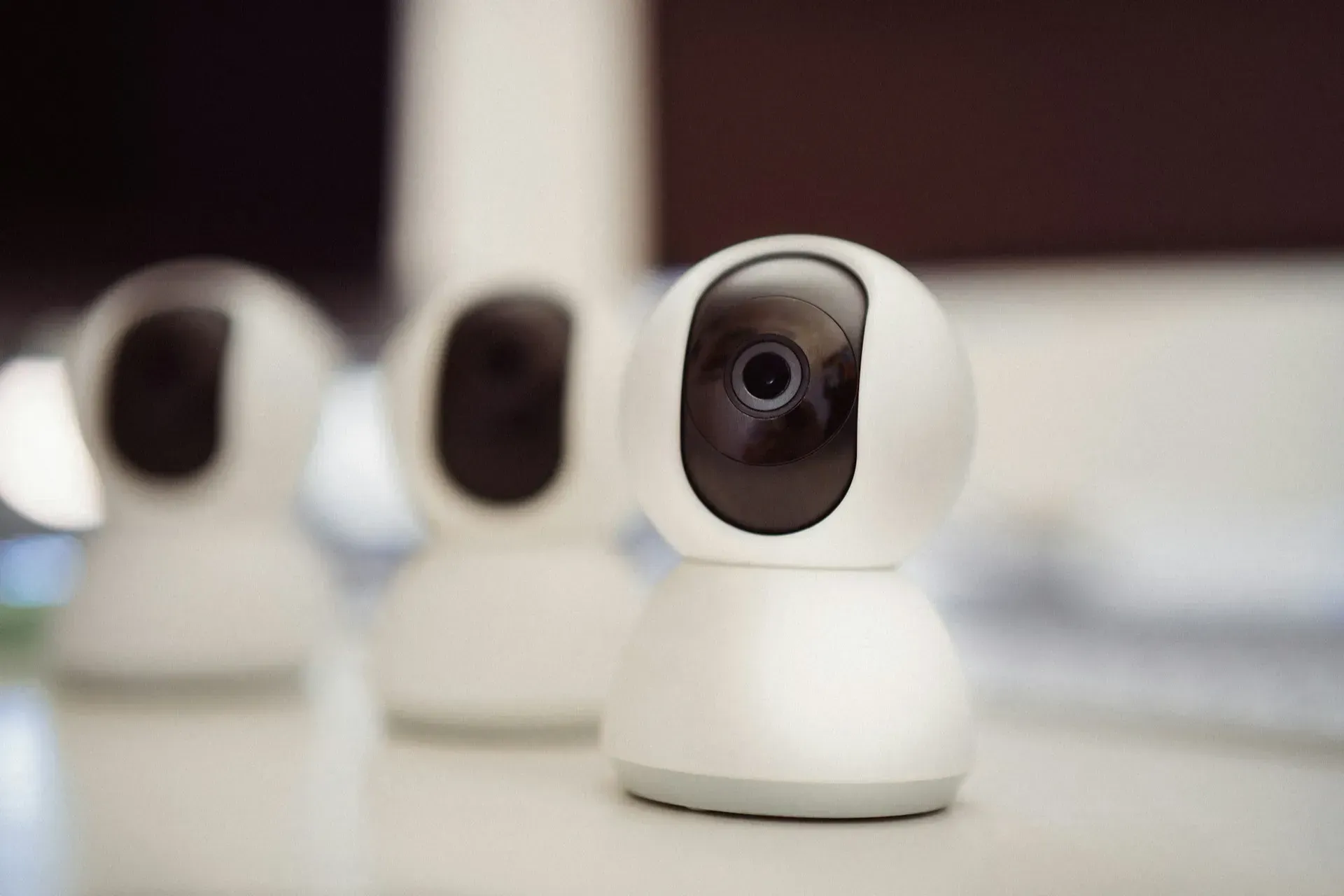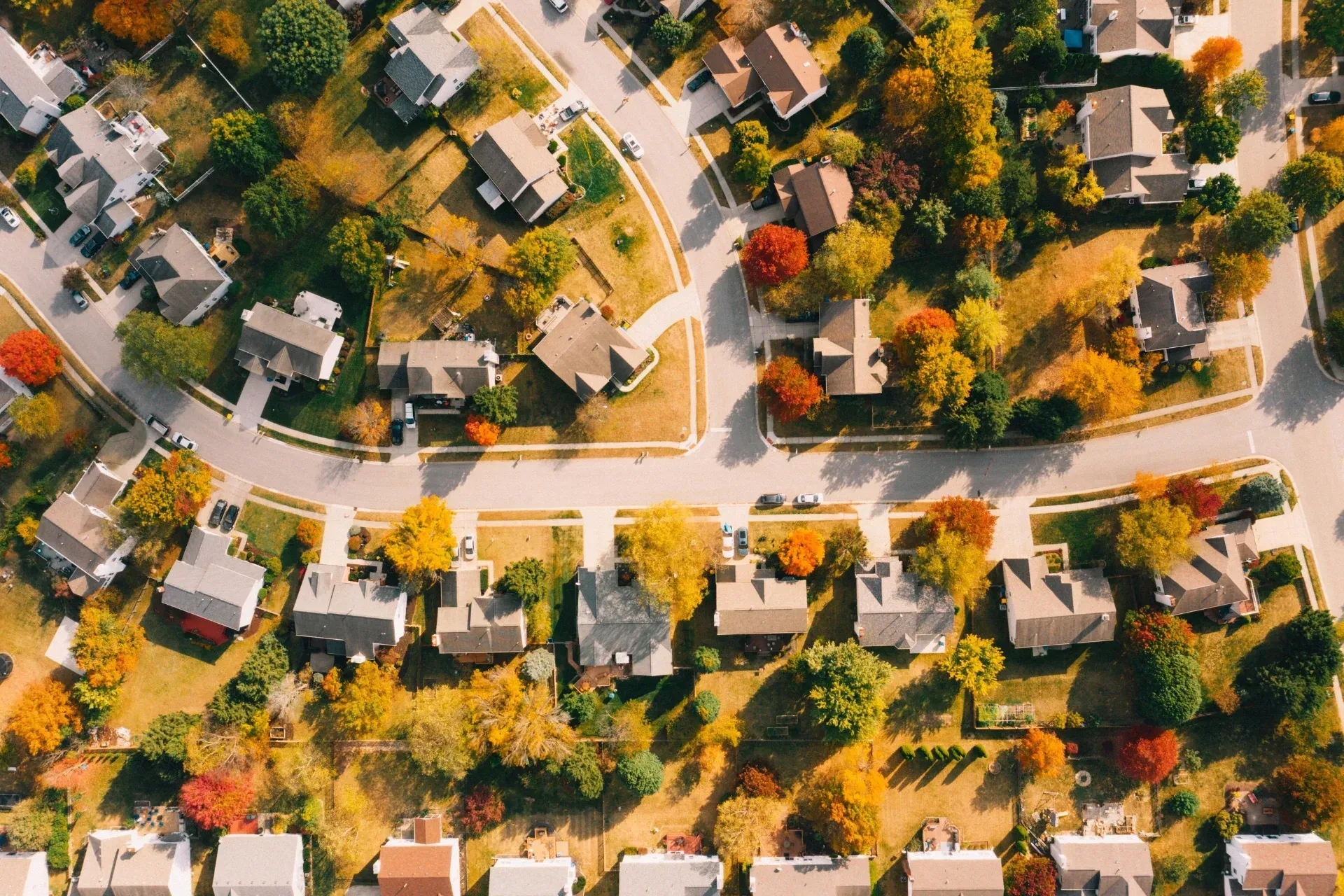Carbon Monoxide Detectors 101: What Every Homeowner Needs to Know
Carbon Monoxide (CO) is a silent, odourless, and poisonous gas that is deadly if left undetected. A carbon monoxide detector is essential for home safety. This blog covers how they work and their ideal placement.
Carbon monoxide, known as the "silent killer," is undetectable due to its lack of colour, smell, and taste.
Every year, dozens of people are hospitalized and some even succumb to CO poisoning in Ontario, Canada.
What is Carbon Monoxide and Where Does it Come From?
Carbon monoxide is produced from burning fuels like coal and gas, and can accumulate indoors in poorly ventilated areas. Some common CO sources in homes are:
- Ovens and gas stoves
- Heaters and furnaces
- Stoves and fireplaces
- Car exhausts in garages
How Do Carbon Monoxide Detectors Work?
Carbon monoxide detectors use different sensor technologies than smoke alarms. Here are some of the sensors used in CO detectors:
- Biomimetic sensors: These sensors react to carbon monoxide by changing colour, triggering an alarm to alert family members.
- Electrochemical sensors: Modern detectors use sensors that measure chemical reactions to accurately detect CO, offering a longer lifespan.
- Metal oxide sensors: Metal oxide sensors are cost-effective and sensitive to carbon monoxide but need more maintenance.
Modern-day CO detectors have audible alarms that alert the residents of the house when the CO levels are high. These detectors can also be easily integrated with smart home security systems for remote alerts sent on phones or alarms for when house owners are away.
Carbon monoxide detectors can either be powered by batteries or directly wired into the house’s electrical system. The hard-wired detectors do come with a backup battery in case power gets cut off. Opt for either type of detectors but it’s important a professional installs them.
Where to Put Carbon Monoxide Detectors
Improper installation of CO detectors can lead to faulty functionality, something that's best to avoid at all costs.
Selecting the Right Location
Follow this checklist to ensure your detectors are placed where they should be:
- Throughout the home: Install detectors on every level, including the attic and basement because CO can spread throughout unnoticed.
- Sleeping areas: Install CO detectors in hallways, as incidents occur at night.
- Fuel-burning appliances: Appliances like water heaters, fireplaces, and stoves burn fuel to produce energy. But the same machines
can leak CO if not properly maintained. Install CO detectors 15 to 20 feet from appliances.
Areas to Avoid Carbon Monoxide Detector Placement
Moisture and increased humidity in bathrooms can interfere with a detector’s functionality, potentially affecting the sensors and causing malfunctions. Placing a CO detector directly above a stove or fireplace can lead to false alarms, as the heat from these appliances may directly trigger the sensors.
CO Mount Type of Detector
Ceiling-mounted CO detectors are a good choice if you prefer concealed wiring or want a discreet look in areas with limited space. For wall-mounted detectors, it’s important to install them at least five feet above the ground to ensure accurate air sampling.
Read the Instructions Manual
Many CO detector brands exist. For proper installation, refer to the manufacturer's instructions or seek professional help.
Turn the Detector on and Test
After installing the CO detectors, insert batteries or plug them in and turn them on. Press the test button; a loud beep or lights indicate the detector is operational.
Smart System Integration
Use a smart CO detector that can connect to your home’s Wi-Fi. This allows the home owner to get real-time alerts on their phones.
FAQs
What does a carbon monoxide detector look like?
Modern CO detectors are small, rectangular, and often include a test button, digital display, and battery indicator.
How do I test for carbon monoxide without a detector?
It’s nearly impossible to test for carbon monoxide without a detector. If you or anyone you know is experiencing symptoms like confusion, nausea, headache, or dizziness, call emergency services right away.
How do I know if my carbon monoxide detector is expired?
Check for expiration dates on the back of your CO detector. Alternatively, if more than five to seven years have passed, it’s time to replace the unit.
Does a carbon monoxide detector detect natural gas?
No, a CO detector doesn’t detect natural gas. For that, you’d need a separate natural gas detector.
How to reset the carbon monoxide alarm?
Hold the reset button on your CO detector; if beeping continues, evacuate and call emergency services.
Maintenance Tips: Keeping Your CO Detector Working
Follow these maintenance tips to make sure your CO detectors function effectively year round.
Annual batteries change
Change your detector's batteries annually, even if there are no indications to do so.
Monthly tests
Run functionality tests on your CO detector every month to make sure that it’s working properly. Press the test button on the detector to do so.
Five-year replacement
These detectors don’t last forever. Replace the units every five years to avoid any incidents.
CO Detector vs. Smoke Detector: Do You Need Both?
Smoke and CO detectors are two different safety appliances that help
keep your house safe from hazards, such as fire and CO accumulation. CO detectors warn of gas, while smoke detectors alert to smoke or fires to prevent danger. Opt for a dual-function alarm system that combines CO and smoke detection for timely readings.
Key Takeaways
- Carbon monoxide is a deadly, odourless, and tasteless gas.
- Install CO detectors around bedrooms, throughout the house, and near fuel-burning appliances.
- Replace batteries yearly, test your detectors monthly, and replace every five years.
- Detectors should be installed by a professional to avoid any mishaps.
Protect Your Family with Professional Installation
There’s no amount of risk you can spare when it comes to your family’s safety and well-being. At PasWord Protection, our team of experienced technicians offers professional carbon monoxide detector and smoke detectors installation services at scale. Integrated with our monitoring system, rest assured your home is protected 24/7.
Is your carbon monoxide detector up-to-date?
Contact us today for a free consultation!






